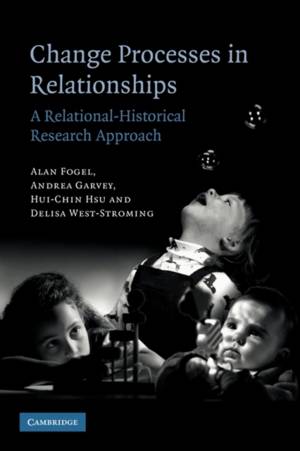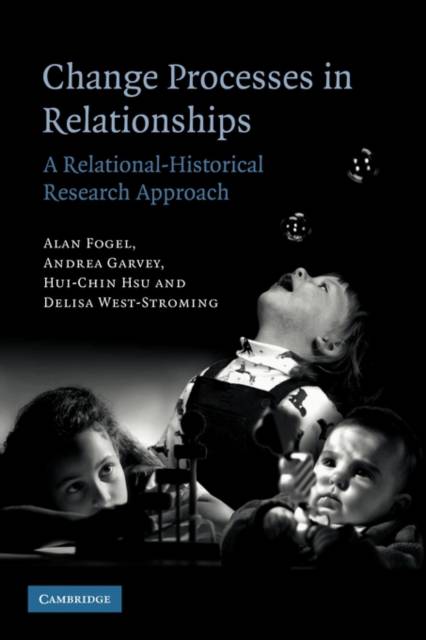
- Afhalen na 1 uur in een winkel met voorraad
- Gratis thuislevering in België vanaf € 30
- Ruim aanbod met 7 miljoen producten
- Afhalen na 1 uur in een winkel met voorraad
- Gratis thuislevering in België vanaf € 30
- Ruim aanbod met 7 miljoen producten
Zoeken
Change Processes in Relationships
A Relational-Historical Research Approach
Alan Fogel, Andrea Garvey, Hui-Chin Hsu
Paperback | Engels
€ 66,45
+ 132 punten
Uitvoering
Omschrijving
Just as each person develops from infancy to adulthood, all interpersonal relationships have a life history that encompasses the changes in how people communicate with each other. This book is about how a relationship transforms itself from one pattern of communication to another. The authors present a unique research method called 'relational-historical research', based on advances in dynamic systems theory in developmental psychology, and qualitative methods in life history research. It rests on three premises: that the developing relationship (not the individual) is the unit of analysis; that change emerges from, but is not entirely constrained by, the patterns of the past; and that the developmental process is best revealed by making frequent observations within a particular case before, during, and after a key developmental transition. Looking specifically at the mother-infant relationship, this is a compelling piece of research that will appeal to an international audience of intellectuals and practitioners.
Specificaties
Betrokkenen
- Auteur(s):
- Uitgeverij:
Inhoud
- Aantal bladzijden:
- 304
- Taal:
- Engels
Eigenschappen
- Productcode (EAN):
- 9780521120685
- Verschijningsdatum:
- 1/10/2009
- Uitvoering:
- Paperback
- Formaat:
- Trade paperback (VS)
- Afmetingen:
- 152 mm x 229 mm
- Gewicht:
- 449 g

Alleen bij Standaard Boekhandel
+ 132 punten op je klantenkaart van Standaard Boekhandel
Beoordelingen
We publiceren alleen reviews die voldoen aan de voorwaarden voor reviews. Bekijk onze voorwaarden voor reviews.











